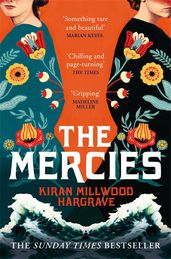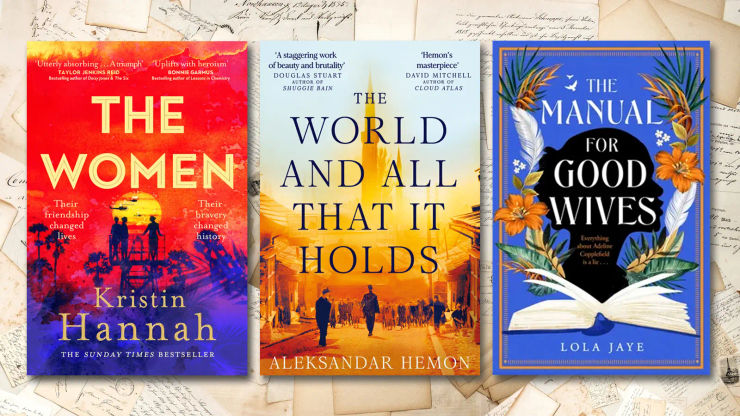The real women of the Vardø witch trials
The Mercies author tells us about the remarkable women and the horrifying true events that inspired her debut adult novel.
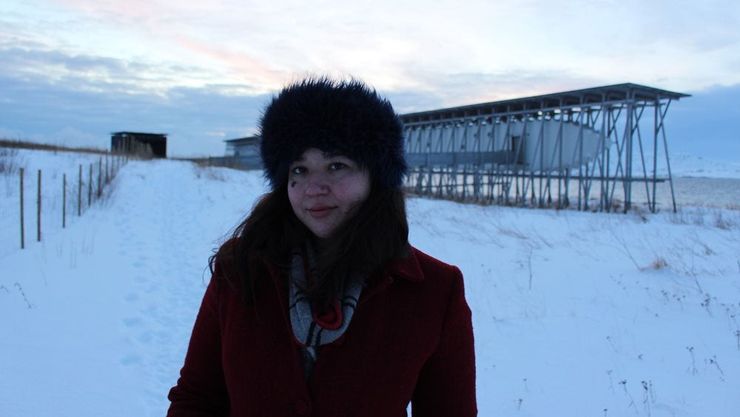
In 1617 a terrifying storm devastated the male population of the Norwegian island of Vardø when a fleet of fishing boats was destroyed. The authorities were already suspicious of the remote communities of the region where Christians and the indigenous Sami population lived side by side and, after the storm, rumours of witchcraft soon spread. As fears became heightened, the first women were put on trial.
These witch trials, some of the biggest in Scandinavia, were the inspiration for Kiran Millwood Hargrave’s debut adult novel. The Mercies is a beautifully written, gripping story about love, suspicion and the dangers women face as they try to assert their autonomy. Here, Kiran tells us more about the true history behind The Mercies.
If you love historical fiction and looking for more inspiration, discover our edit of the very best historical fiction novels here.
The Mercies is a work of fiction, but it is bookended by two pieces of solid and horrifying fact. On Christmas Eve 1617, off the coast of a remote Arctic Circle island called Vardø, a storm rose so suddenly it was, according to eyewitnesses, ‘as if [it were] loosened from a bag.’ Forty fishermen died in a moment. Three years later, the first trial of the largest Scandinavian witch hunts took place at Vardøhus, the fortress that was the seat of power for the region. By the time the hunts were over, eighty women had been burned on a small patch of land within sight of the fortress.
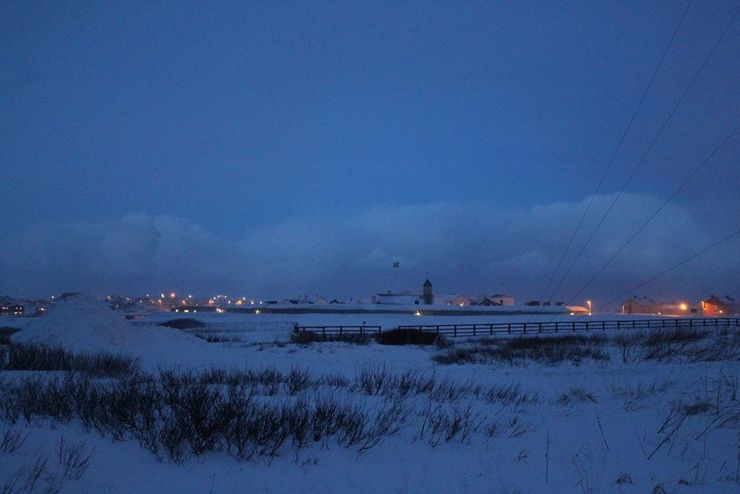
The view from the Steilneset Memorial to Vardøhus. The women were burned on this spot, and would have been able to see the prison they'd been kept in.
Now this piece of land is the site of a memorial to the men and women murdered at Vardøhus. Designed by architect Peter Zumthor, this tunnel-like structure is made of canvas that sways and cracks in the wind. The floorboards are set apart so in summer grass and heather can grow between, filling the space with scent. And along the walls are ninety-one names, and ninety-one testimonies, describing the charges set against the victims of the hunts. Ninety-one lights burn in small windows set at intervals, giving a view of sea or sky, and in winter, when the sun doesn’t rise, the memorial looks like a ship afloat in darkness. It is beautiful, haunting, and a powerful testament to the victims murdered on this spot.
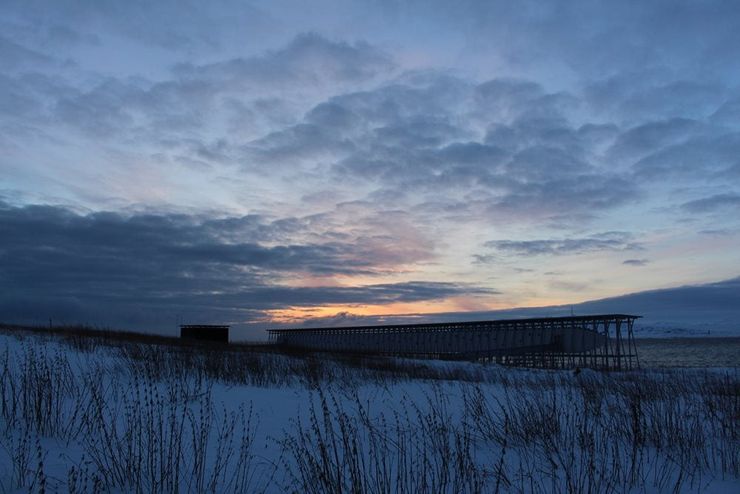
Thanks to the work of Dr Liv Helene Willumsen, the authority on the trials, we know these women’s names and their stories. She has painstakingly translated them into English, so I was able to have a booklet of their words beside me throughout writing. It was a constant reminder of the gravity of what happened, an impetus to approach the story with respect and rigour.
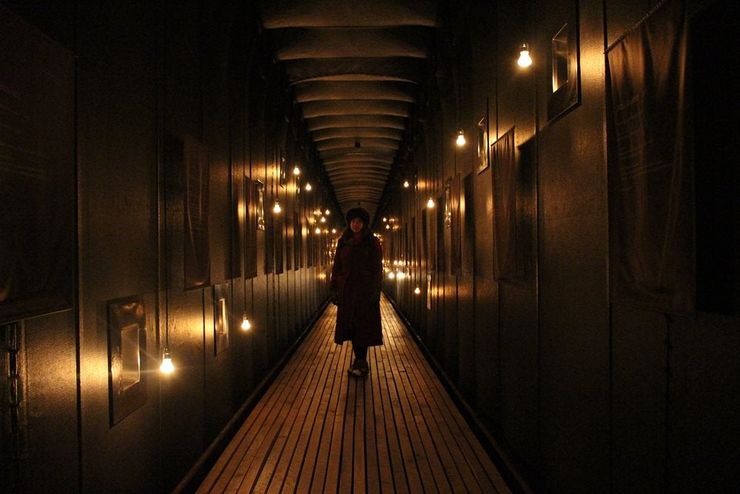
This said, I made the decision early on not to base my characters on exact real-life counterparts. The testimonies are all we have of them, and I didn’t want to use names and assume narratives that might debase their memory. So each woman in my book has an amalgam of names taken from victims. Maren Magnesdatter is a combination of Maren Sorensdatter, and Kirsten Madnesdatter, for example.
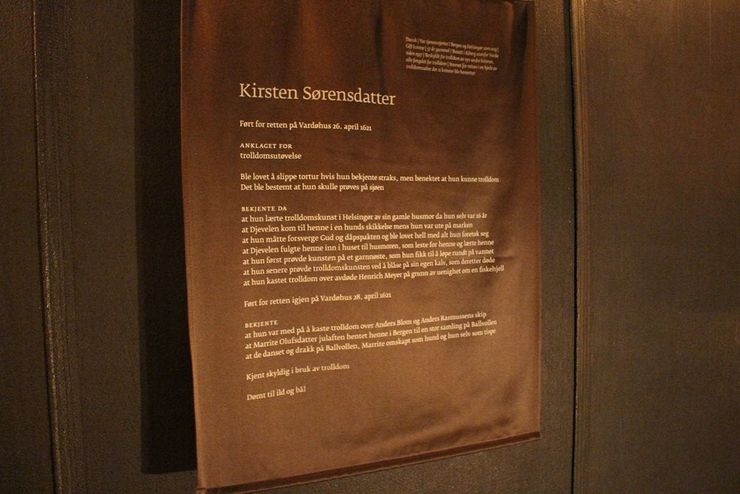
This loosened the hold of the history enough for me to make The Mercies my own. I could gift the women liberties I doubt they had in reality – they were left alone by the outside world, could fish and develop a matriarchy of sorts. I also gifted them Ursa, an outsider who breathes new life into the place and gives Maren a friendship and love she never thought possible.
Absalom Cornet, the commissioner sent to oversee Vardø’s return to order, is also a figment of my imagination, but his views and methods are not. He is an instrument of a real villain: John Cunningham, the Lensmann of Finnmark, who brought about and oversaw the trials. Before he took power, not a single person had been convicted of witchcraft in Norway. By the time he died, over a hundred had.
It is easy to feel close to history in Vardø. The town itself was razed by the Germans in the Second World War, its proximity to Russia rendering it a valuable strategic outpost. There are no quaint fishing huts or remnants of the lives the people of Vardø led in the 1600s. But there is the memorial, and the land, and the sea and the sky.
I visited Vardø twice. Once in the time of the midnight sun, when sea frets would roll in and diffuse the endless sunlight to a ghostly glow, the terns screaming in the harbour. The second time it was winter, the cold biting any exposed flesh, the sun not rising, only gleaming at the horizon, tinging the sky a deep navy. This was the moment the cruelty of what was done to the women truly hit me, punched me in the chest.
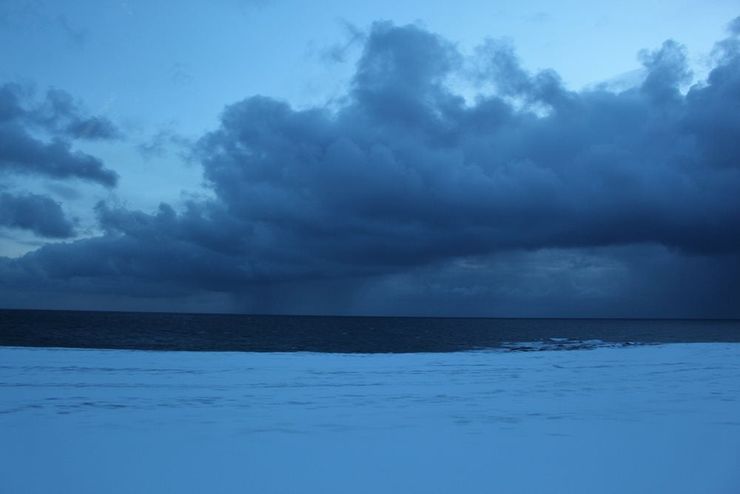
They were ducked in those frozen waters, hauled out gasping onto that pebbled shore. They were kept in that stone fortress, and burned on this grassy plain. They were real, and though my story is fiction, my characters became real to me. The conversations they have, the love they find, the hope they have, it all jumped into vivid action. My greatest wish is that I have done the real women of Vardø justice. My greatest wish for my readers is that my book brings these women to life.
All photos © Kiran Millwood Hargrave
The Mercies
by Kiran Millwood Hargrave
Hailed as ‘a beautifully intimate story of friendship, love and hope’ by 2020 Booker Prize winner Douglas Stuart, The Mercies explores the way suspicion can twist its way through a community, and a love that could prove as dangerous as it is powerful.
Winter, 1617. The sea around the remote Norwegian island of Vardø is thrown into a vicious storm. A young woman, Maren, watches as the men of the island, out fishing, perish in an instant.
Vardø is now a place of women.
Eighteen months later, Absalom Cornet has been summoned to bring the women of the island to heel. With him travels his young wife, Ursa. In her new home, and in Maren, Ursa encounters something she has never seen before: independent women. But where Ursa finds happiness, even love, Absalom sees only a place flooded with a terrible evil, one he must root out at all costs . . .
Inspired by the lives of real women, this is a story of strength and the insurmountable female spirit.
Embrace the mystique with the best books about witches, or discover the best translated classic novels to add to your reading list.
